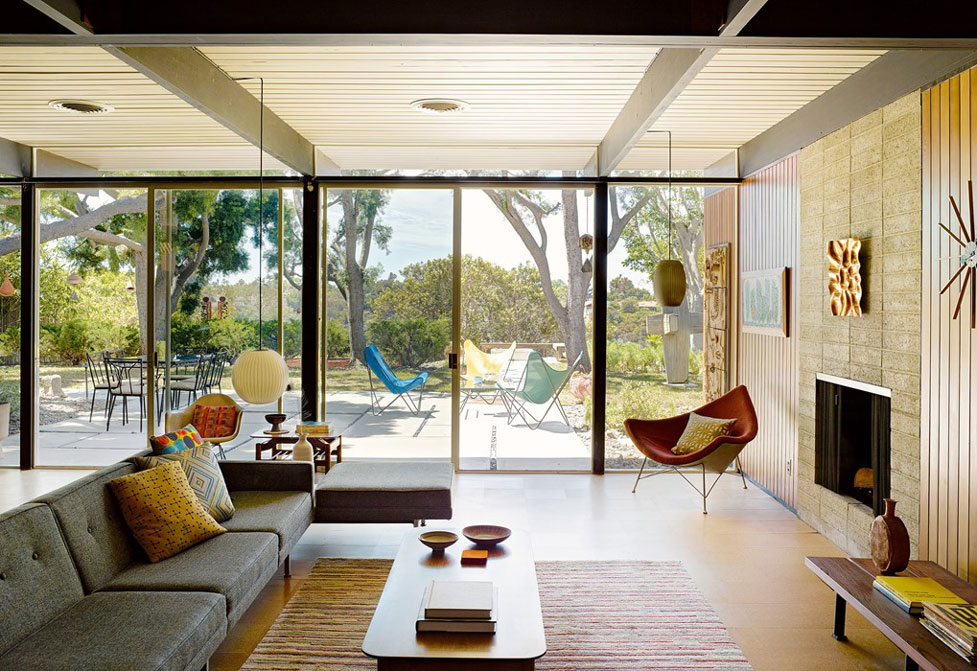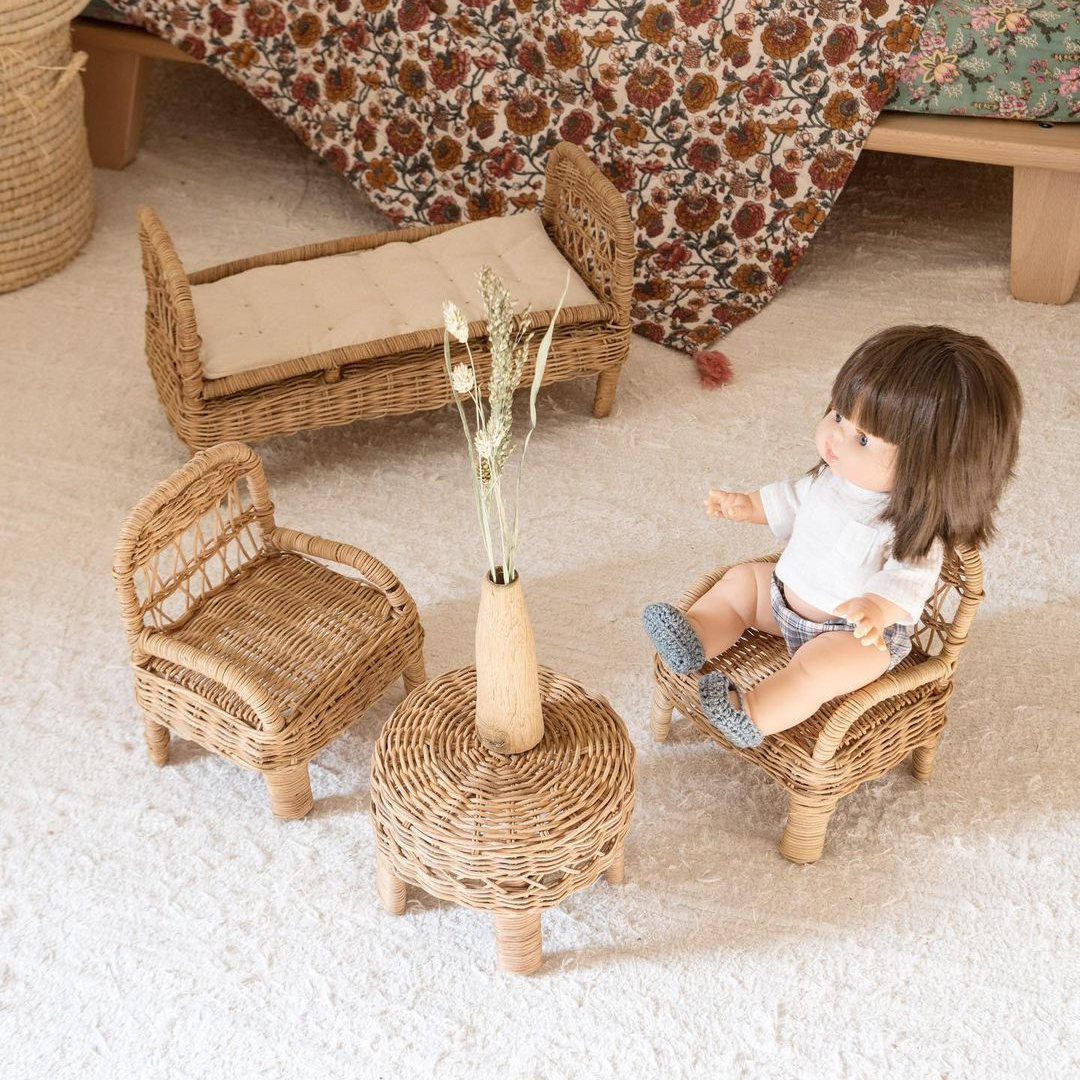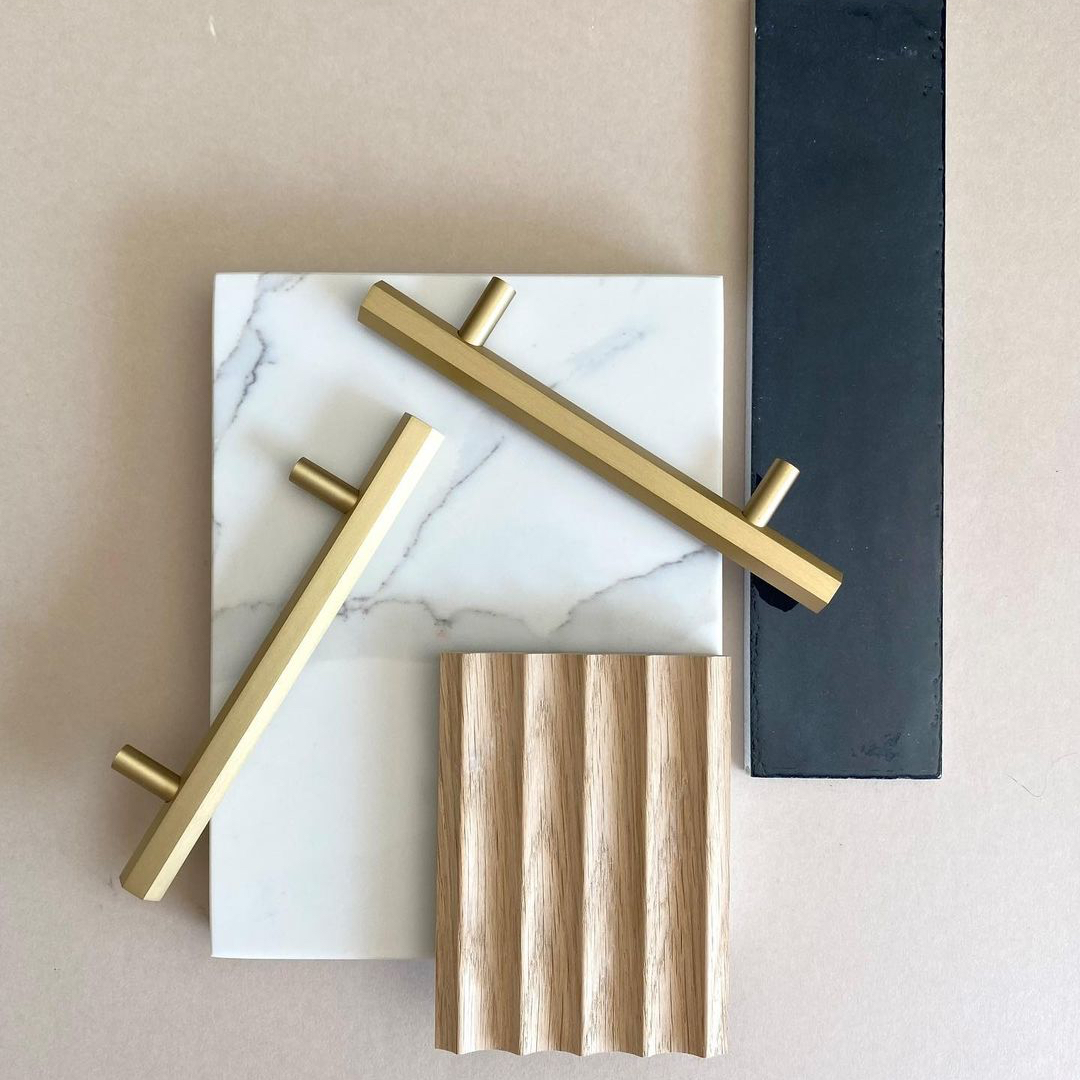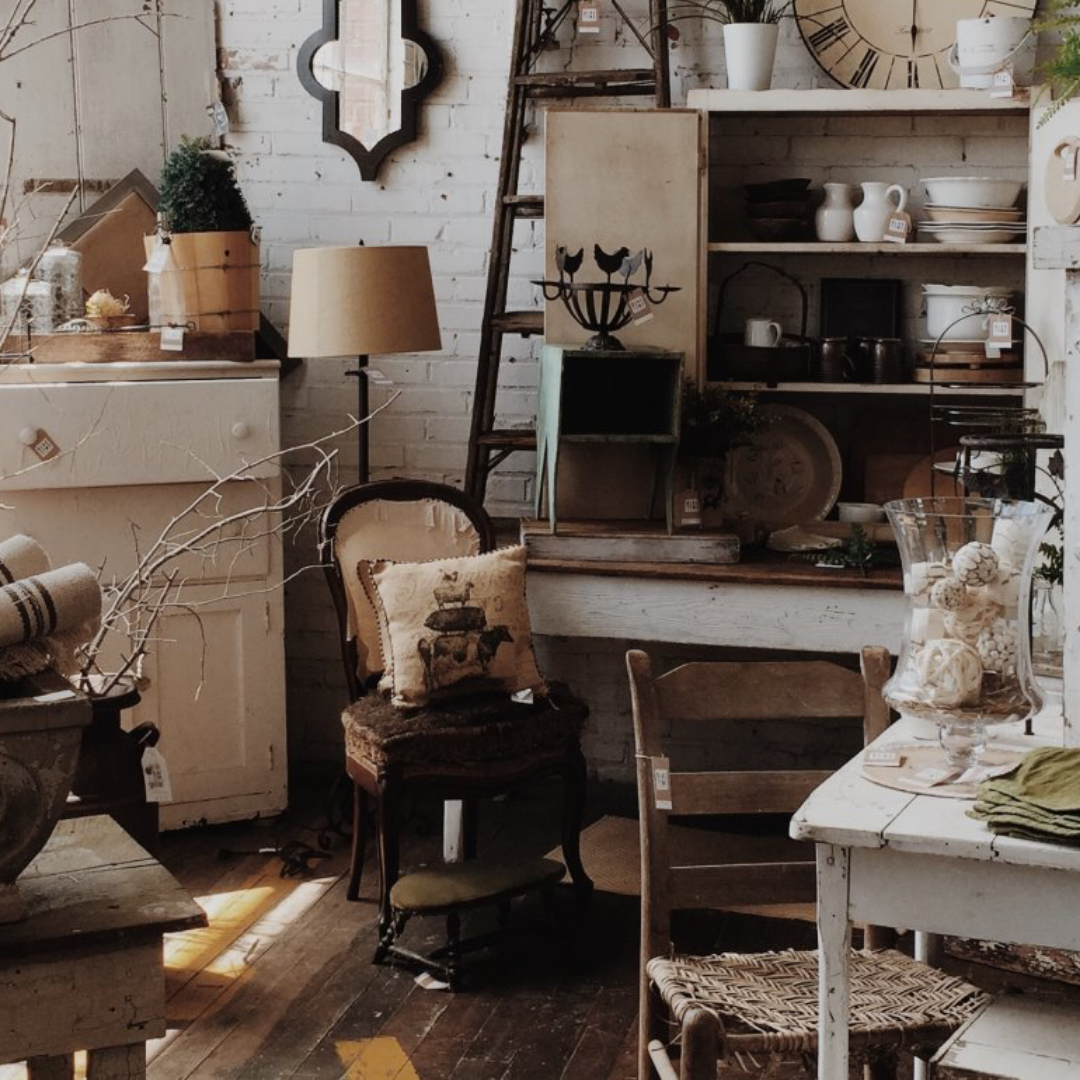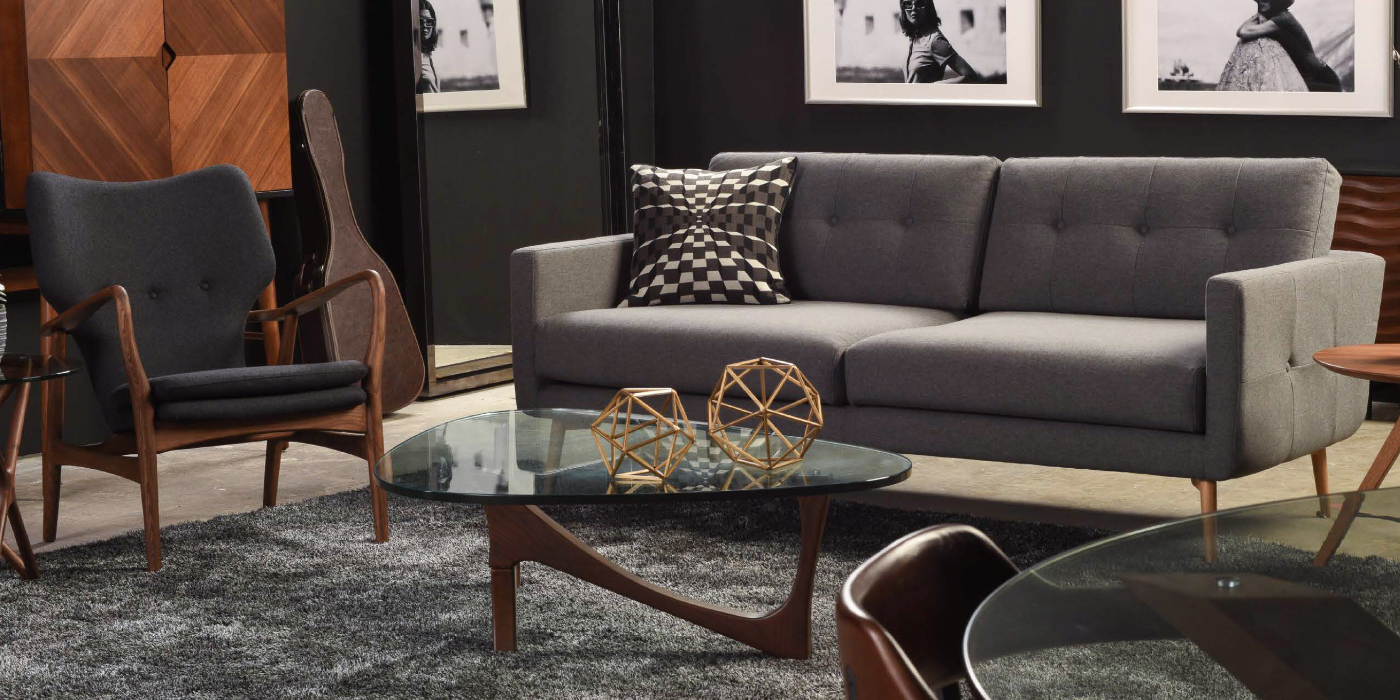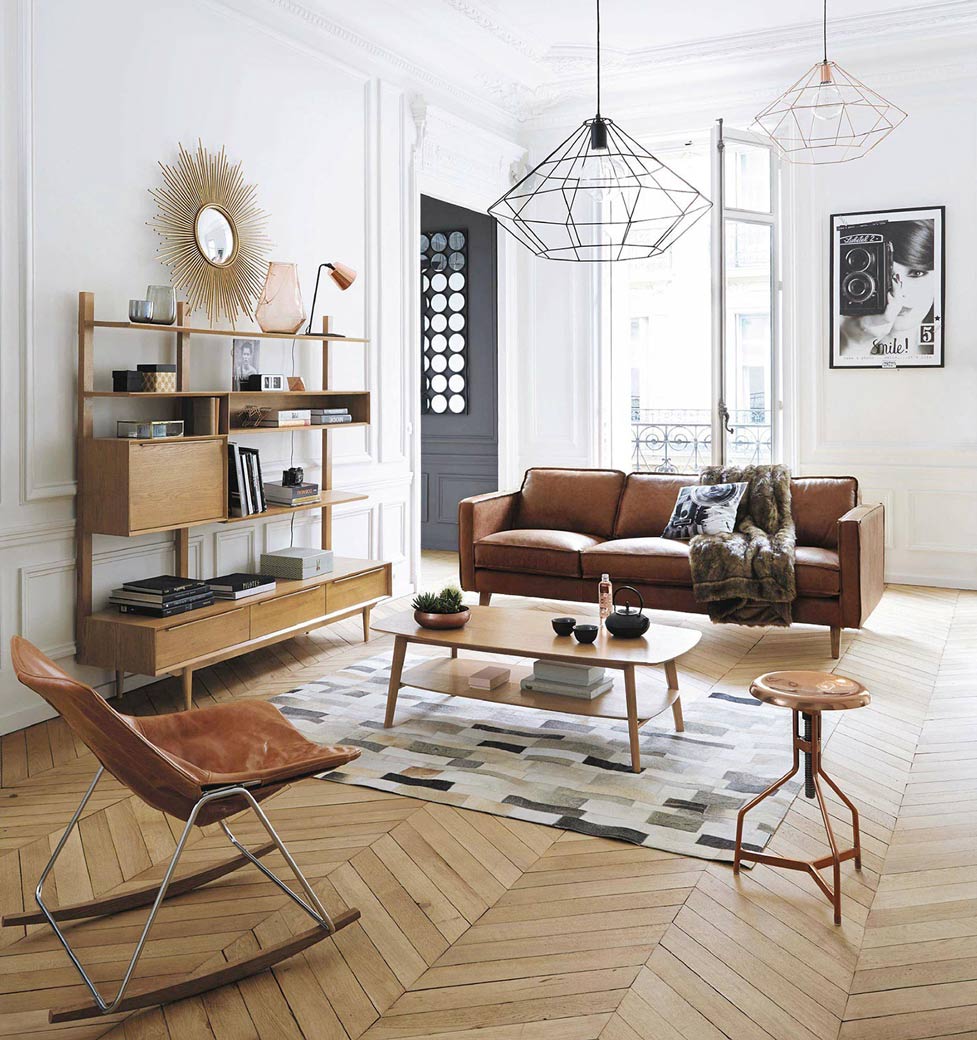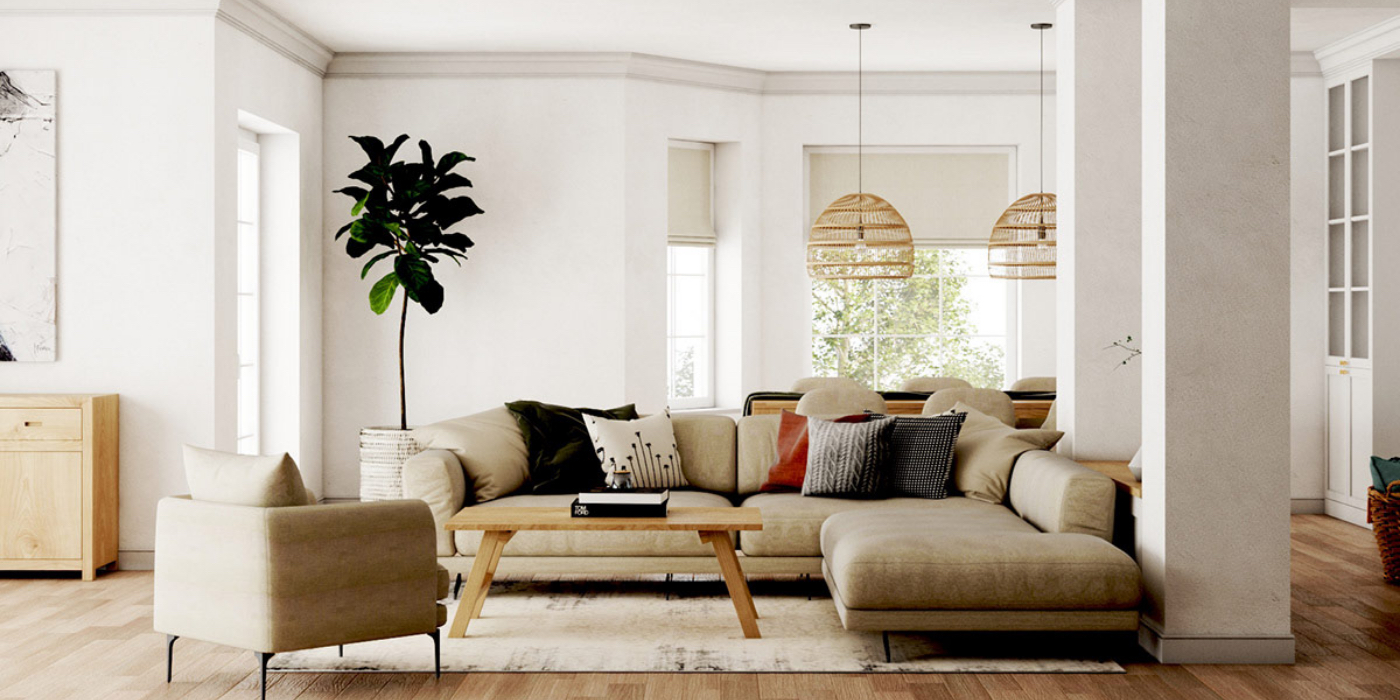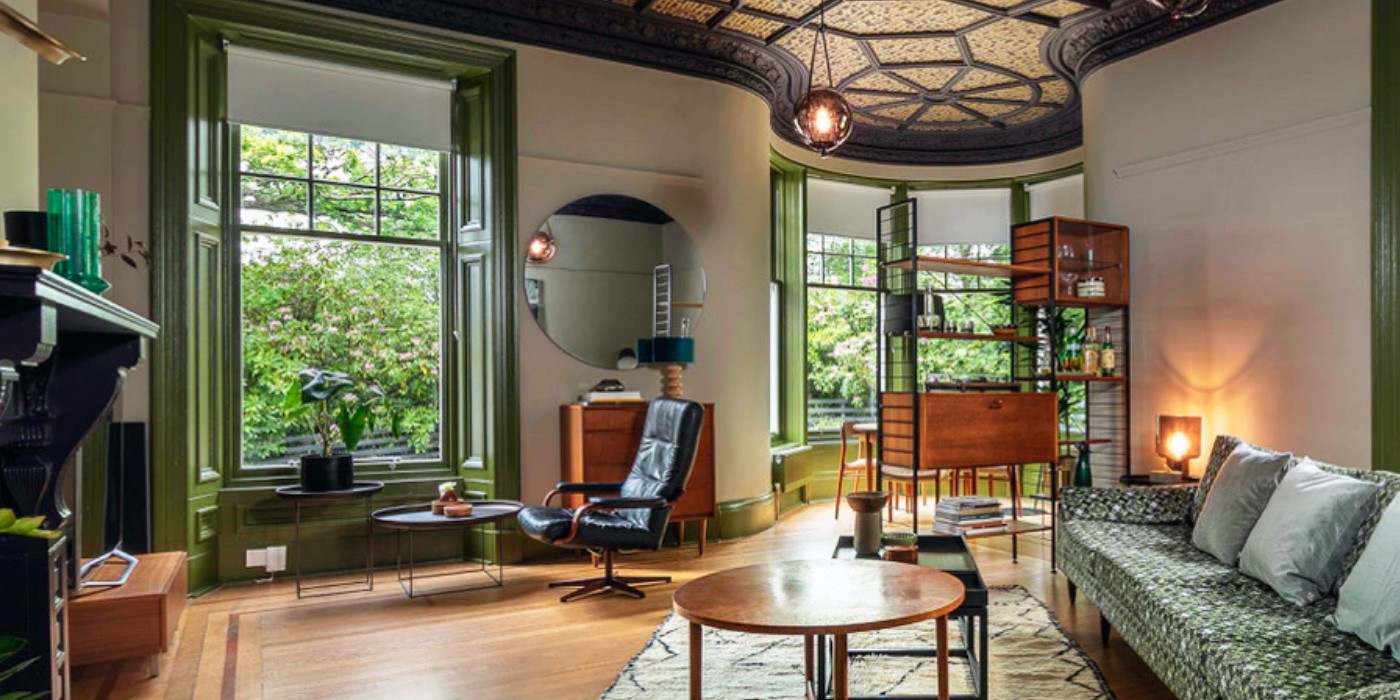What is Mid-Century Modern? A Beginner’s Guide
Is mid-century modern the ultimate timeless design style? Considering that it is still as sought-after today as it was when it rose to popularity between the 1940s and 60s, mid-century modern may just be the style that never goes out of fashion.
What is mid-century modern design?
Mid-century modern refers to a design style characterised by simplicity and functionality. It is known for designs that juxtapose sleek lines against organic shapes and using new materials and methods to reimagine traditional pieces.
This style's distinguishing features consist of a classic, understated look and clean lines with minimal fuss:
-
Form follows function.
-
Sleek lines are juxtaposed against organic and geometric shapes.
-
Minimal clutter, décor and ornamentation.
You might recognise it from the set décor of "Mad Men," but it's so much more than a Don Draper-inspired time capsule. Mid-century modern is a style that is equally at home in a contemporary aesthetic as it is in vintage interiors.
How to bring mid-century modern design into your home
The clean lines, organic curves and minimal décor of mid-century modern design make it relatively simple to emulate at home. The key is to start with a few iconic elements and balance the rest in colour, size and texture.
1. Start with the furniture
Generally, one large piece – a vintage sideboard, sofa, armchairs or a table – is enough to set the scene. You needn't choose a set, but try to avoid too many patterns; instead, opt for simple designs within a colour range that work together in a setting.
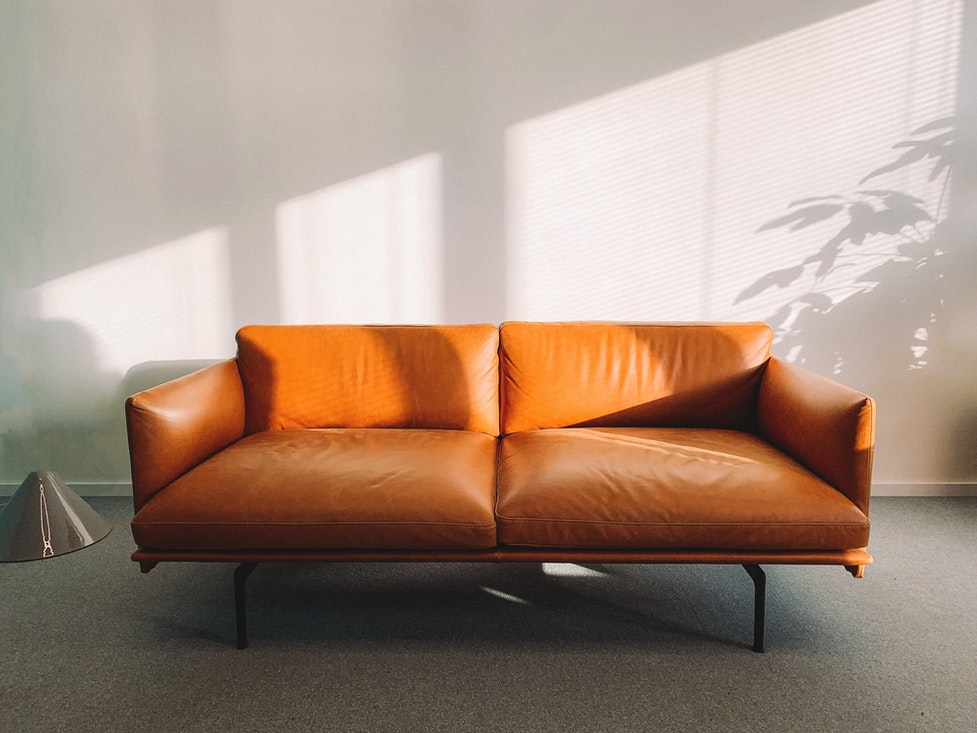
2. Choose function over form
Mid-century modern design is all about functionality. When choosing elements to incorporate in your space, consider that in this style, no piece is without purpose.
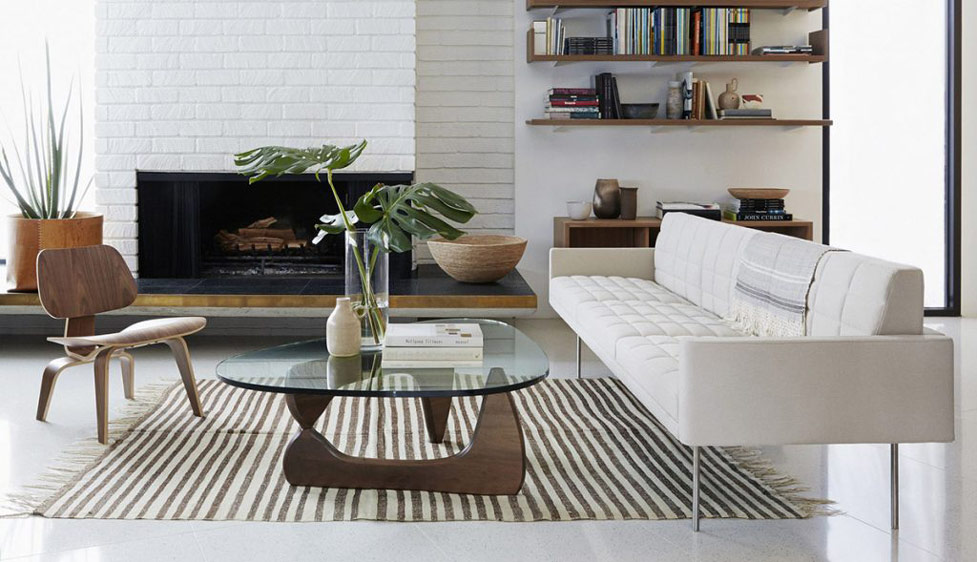
3. Avoid clutter
If you don't use it or find it beautiful, don't include it in your décor. It's similar to Scandinavian design in this regard; choose statement pieces like large sculptures or plants instead of superfluous ornamentation.
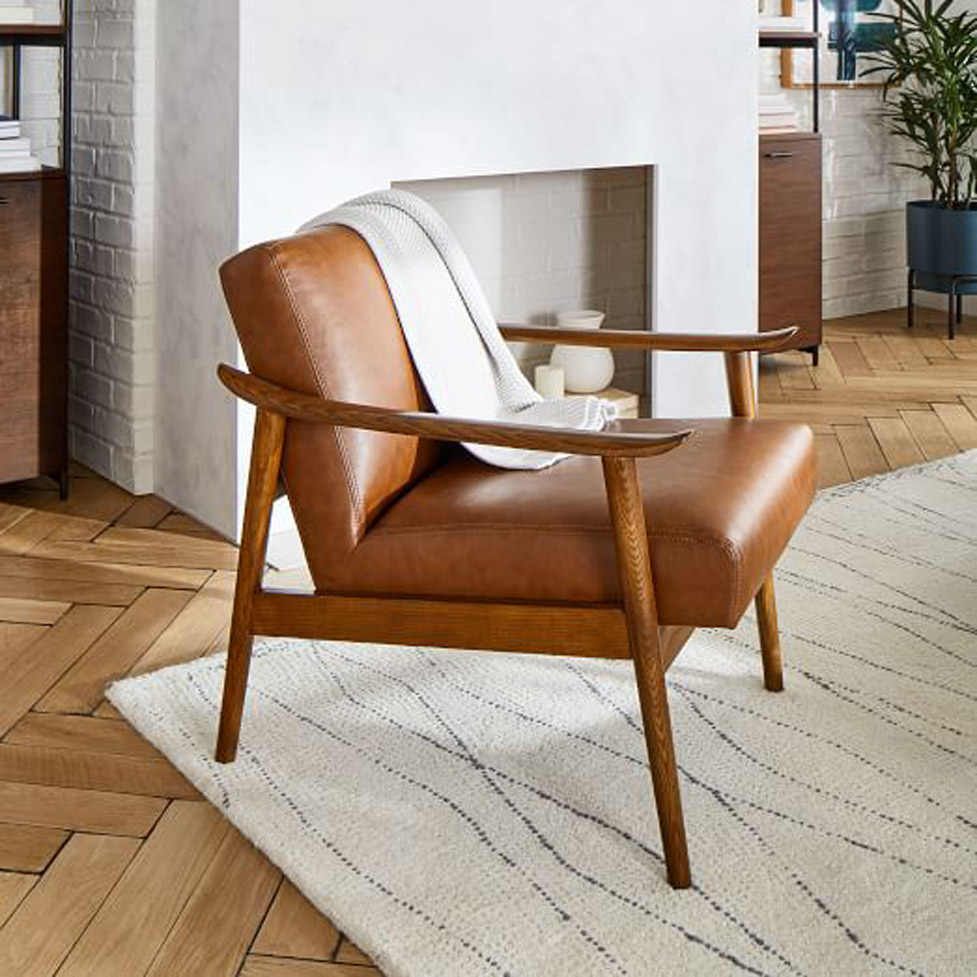
4. Go neutral with a splash of colour
Even though the 1950s and 60s colour palette ranged from bright hues to earthy tones, instead opt for a neutral palette with splashes of colour, like accent furniture.
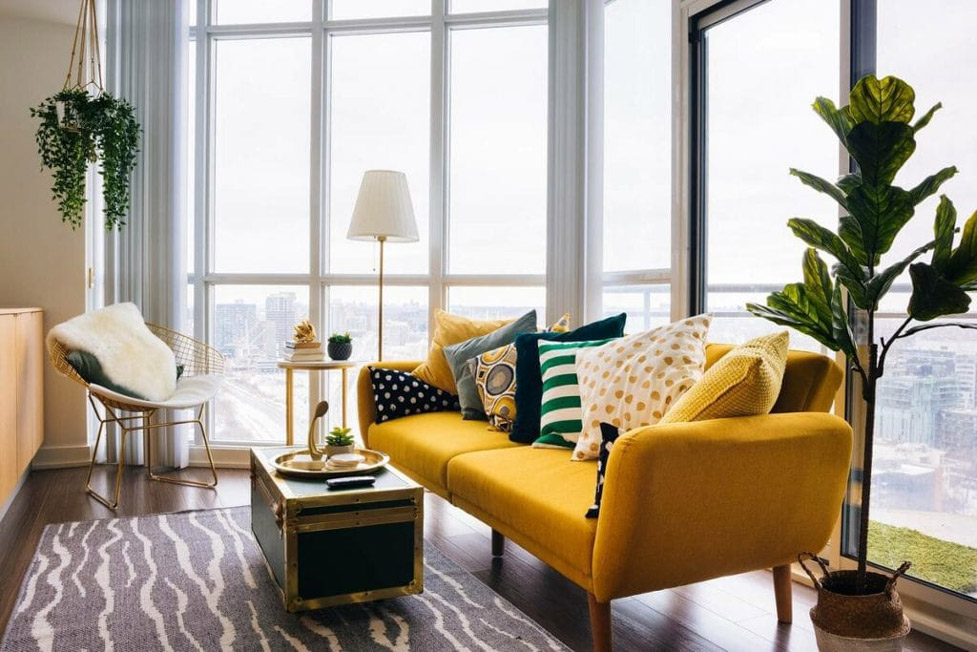
5. Bring the outdoors in
Mid-century modern architecture typically features large windows, inviting the outdoors inside. Bringing natural elements into your space, whether raw materials or houseplants, will emulate this timeless look.
